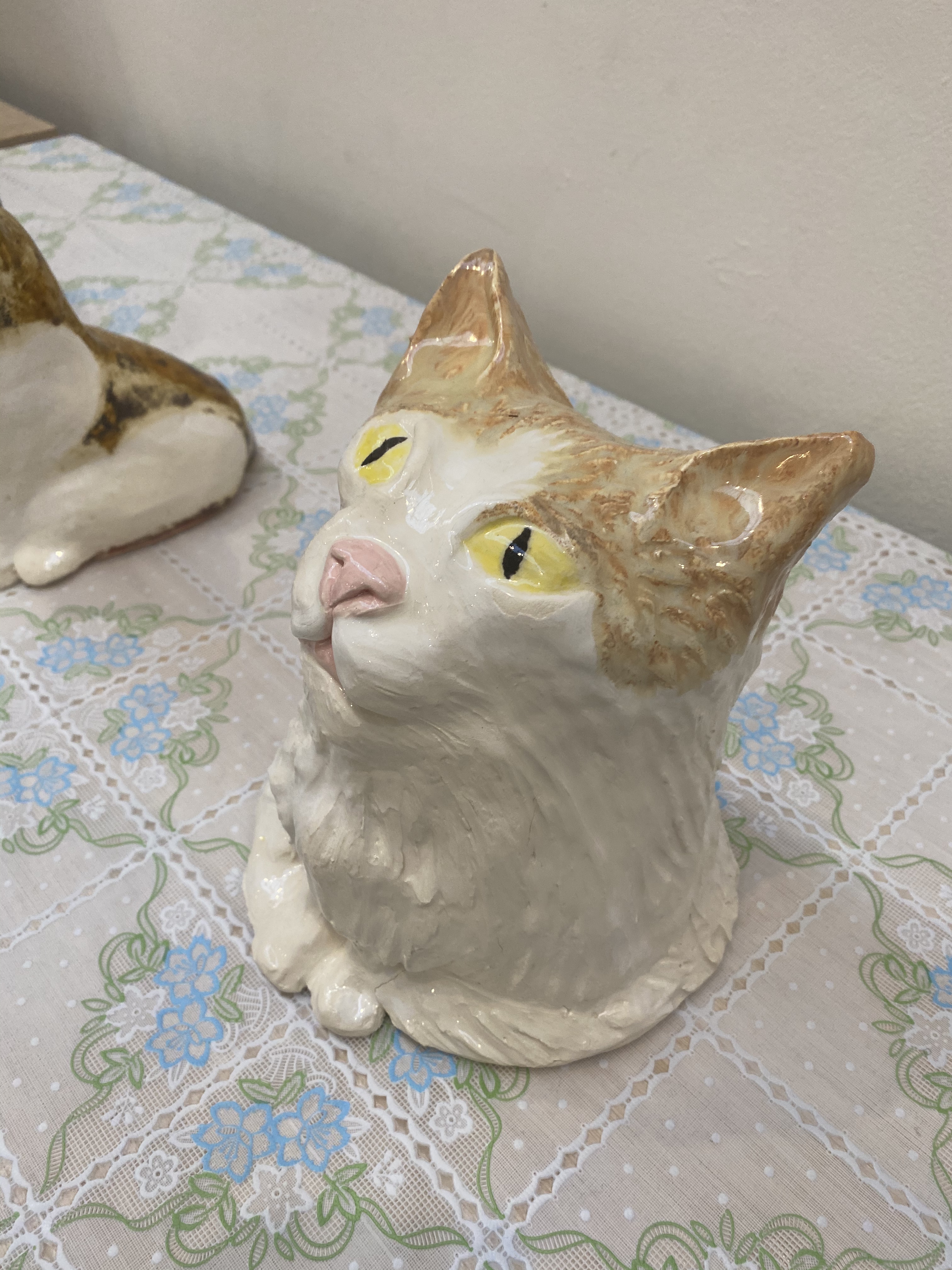BA Design 2023 presents “GET LOST”

Opening night:
Thursday 22nd June from 6pm – 10pm
Family and friends night:
Saturday 24th June from 6pm – 10pm
Show open to the public:
Friday 23rd June – Monday 26th June
Venue:
Unit 8, Copeland Park, Peckham (the warehouse)
A statement from the 2023 cohort:
“We are navigating the labyrinth. With strings, our ways of seeing, engaging and interacting, it is the tool that guides us in the context of the wider world.”
Follow the show instagram for updates as we get closer to show time – let’s support and spread the word in the run up to opening night! At our two evening events, there will be a bar with wine, beer and non-alcoholic options available.
We look forward to seeing you there as we celebrate our amazing students and all of their hard work.





















